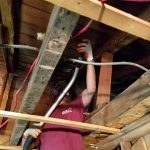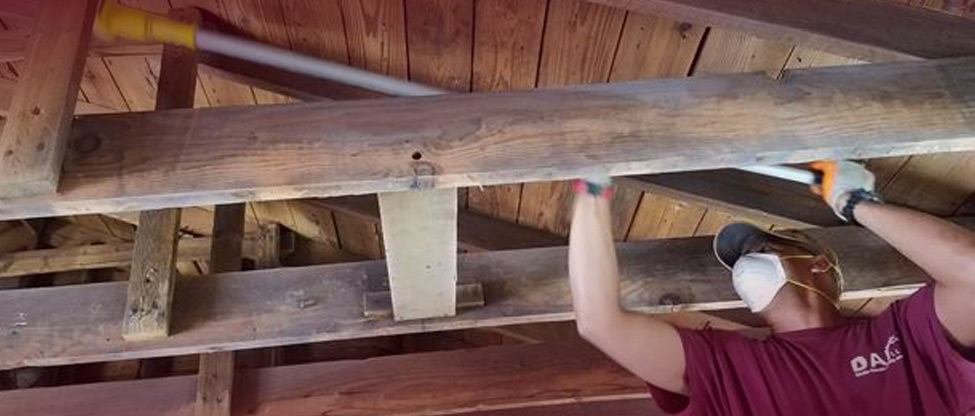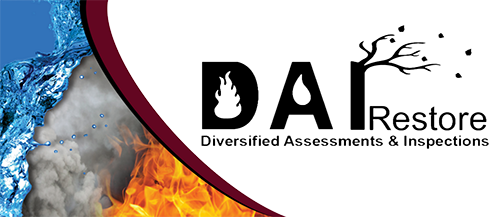Brochures

DAI is ready
to help you

FIRE & SMOKE DAMAGE RESTORATION
After the firefighters have left and the smoke has cleared, home and property owners will need professional restoration services to return the damaged property to its pre-loss condition. DAI Restore’s certified staff of technicians are here to help.
- Damage Assessment
- Securing the Property and Removing Debris:
- Drying, Mitigation and Demolition
- Cleanup and Deodorization
- Reconstruction
Fire & Smoke can cause an immense amount of Damage.
That’s why DAI Restore is always ready with the essential tools and experience needed to help restore your home. Call us now!

The Process
Our team will complete a walk-through inspection of the property to assess the damage that has been sustained during the fire, as well as any water damage incurred from extinguishing the fire, or from possible burst pipes.
- The entire structure is assessed to gauge fire and smoke penetration
- Determine the time-table and extensiveness of required cleaning
- A plan of action will implemented once the assessment is complete
Once the assessment is complete, the property needs to be secured. This may involve fencing or partitioning to be placed around the perimeter of the property, tarping portions of the roof, and boarding-up any broken windows or openings in the structure.
If only a portion of the property is affected, containment will be erected around the affected areas in order to stop cross-contamination of unaffected areas.
Any exterior debris and non-restorable interior debris will be immediately removed and disposed of. Personal contents that are to be moved to a cleaning facility are packed-out for transport at this point, and any leftover charred/unsalvageable materials are to be disposed of.
Any water left inside the structure will be extracted, and a drying process will be initiated. Any content inside the structure will be removed and set aside for storage/cleaning. Damaged structural materials that cannot be restored will be removed.
The cleaning procedure is the most intense and extensive step in the fire restoration process. In most cases, the entirety of the affected area (interior, exterior, and its contents) will need to be cleaned. There are numerous aspects to the cleaning process depending on the materials affected and finishes on these materials.
Structural cleaning involves the materials used to build the structure, and any items that are physically attached:
- Floor
- Wall assemblies
- Ceilings
- Others
For structural cleaning, the restoration technicians must be familiar with different paint and wood finishes (or lack thereof), plus the different cleaning methods and chemicals or solvents that will properly clean the materials to restore their pre-loss conditions.
Content cleaning is typically done off-site at our facility, after the pack-out inventory is completed. From there the contents are either cleaned manually or with specialty equipment such as an ultrasonic cleaning machine.
Preconditioning cleaning is for soot removal, and is typically done using a HEPA vacuum with a soft-bristle attachment. Oxidizing agents such as Ozone or Hydroxyls may need to be used to treat odors within the air.
Once all cleaning and deodorization has been completed, the replacing and finishing/painting of wall and flooring materials is done. Fixtures, counters and cabinets are replaced. If necessary, plumbing, electrical and structural repairs or rebuilds will be completed, also.
Fire & Smoke FAQ's
Depending on the severity of the damage, the restoration process could take weeks or even months to complete. DAI Restore will be there for you every step of the way.
Removing personal contents and charred materials helps in odor-reduction before chemical deodorization is instituted.
This is a type of cleaning for soot removal, typically using a HEPA vacuum with a soft bristle. Any dry soil and soot removal on flat surfaces will be done with the use of a soot or chemical sponge. Soot that has been embedded into surfaces will need wet cleaning with a product that is either water-based, solvent-based or abrasive. Which one is used is dependent upon the pH of the cleaning product and target surface to be cleaned. Liquid deodorizers are applied using equipment that will create a spray, mist or fog of the chemical used in order to cover a wider range of surfaces.
